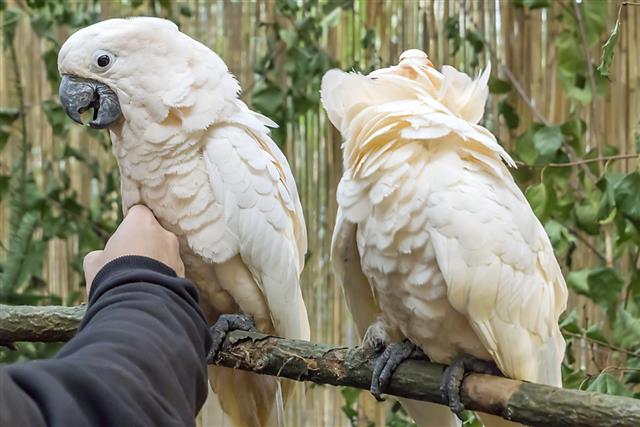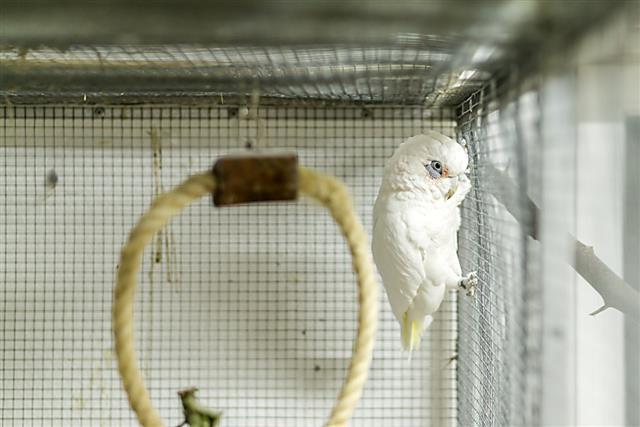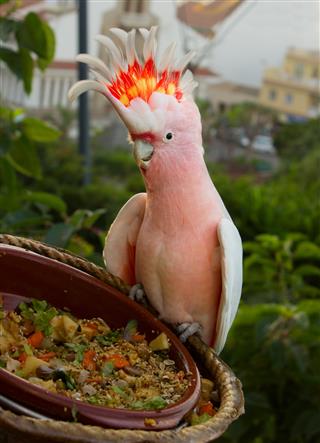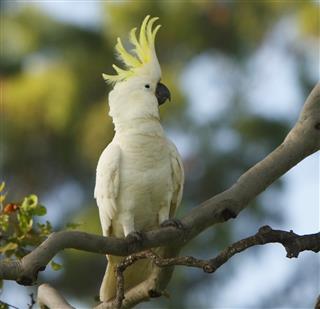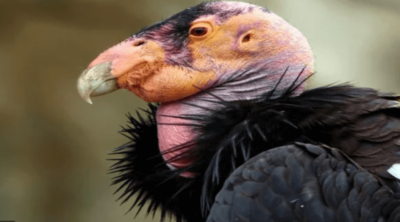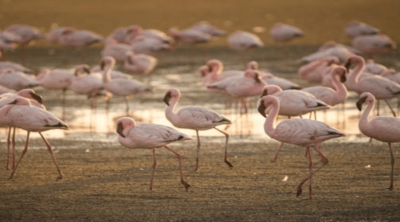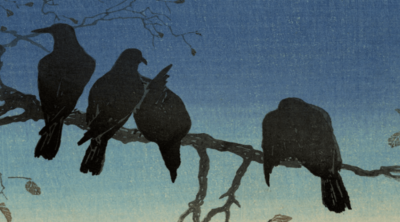
Thinking of keeping cockatoos as pets? That’s a nice idea, but there are a few things that you need to take into consideration beforehand.
Cockatoos are mischievous birds that have an affectionate personality and a streak of comedy. That may make one feel that they make ideal pets, but things are not always as simple as they seem. Basically, these birds need a lot of attention, and if they don’t get that, they feel neglected and become cranky. They start screaming, become aggressive, confused, and even go to extent of attacking their owners.
Physical Appearance
There are about 21 species of cockatoos in the world. While most of these are white in color, some come in shades of gray, pink, black, and deep blue. These birds are native to the Indonesian Islands, and make for very good pets. The Moluccan cockatoo, Goffin’s cockatoo, Sulfur-crested cockatoo, bare-eyed cockatoo, and the umbrella cockatoo are the most common species.
As for their size, that differs from one species to another. While the lesser sulfur-crested cockatoo and Goffin’s cockatoo are smallest of the lot, the Moluccan cockatoo, greater sulfur-crested cockatoo, and the umbrella cockatoo are the largest.
Behavior
The behavior of these birds is very different from other parrots. They are known for their manipulative and contemplative behavior. They have rapid mood changes―one moment the bird will be screaming his lung out and the other time, it will behave like a stand up comedian!
Additionally, they are very sensitive in nature. They need a lot of personal attention and need to be cuddled a lot. If you fail to do so, they become aggressive. These birds love to be pampered like a baby. Their behavior is such that they have an intelligent, playful personality, and tend to be very loud. Cockatoos are less inclined towards mimicry, but they can speak like humans when trained. That, again, differs from one species to another.
If your cockatoo starts plucking its feathers and resorts to self-mutilation, it means it is not getting its daily dose of attention. It may also indicate physical or emotional problems. The bird might be suffering from zinc poisoning, bacterial infection, dry skin, vitamin A deficiency, or tapeworm. You need to see if it is under stress, or is bored with the environment. You should take your bird to a good veterinarian and try to find some solution to treat it.
Lifespan
The average lifespan is about 40 years for smaller birds like the Goffin’s cockatoo. The larger cockatoos, like Moluccan species, has a longer lifespan of about 80 years. Most of the birds die young in captivity, which reiterates the point that good care is required to ensure long life.
Care
As far as housing requirements are concerned, you need to have a cage that is not smaller than a 24″ x 36″ x 48″ in size. It should have bar spacing of ¾” to 1″. If you have a large cockatoo, you will need a cage of about 24″ x 48″ x 48″ and bar spacing of about 1″ to 1.5″. You should buy strong cages made of wrought iron, stainless steel, etc., as cockatoos have a very tough beak.
You should give your bird lots of toys to play with. They are aggressive chewers and love to destroy things, and therefore, giving them softwood toys, vegetable tanned leather, ropes, bells, even cardboard to play with makes sense. Their toys should include hanging toys as well as those that the bird can pick up with its beak.
Cockatoos will happily feast on fresh vegetables, grains, fruits, etc. You can also include bird pellets in their diet. You will have to be careful when feeding seeds and seed mixes as they are high fat content. Nuts can be given as a special treat. Never give them chocolates, fried foods, alcohol, or salted foods, like potato chips, pretzels, etc.
Cockatoos are somewhat like humans in behavior; in the sense, they need a lot of love. They are very sensitive, so make sure you don’t neglect them in any way.
